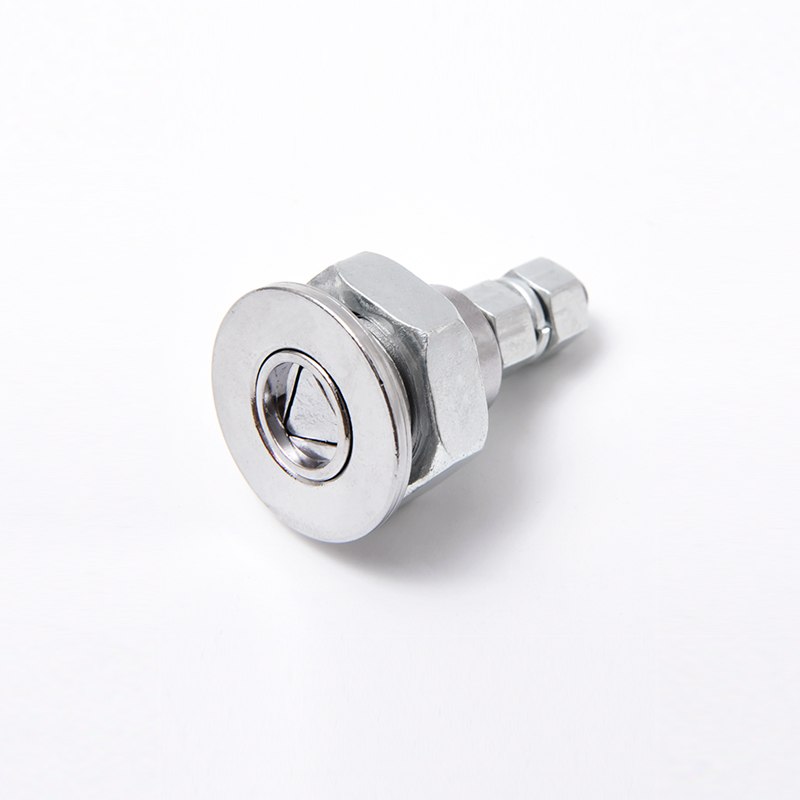Material Selection: The choice of materials plays a critical role in the lock's durability and resistance to environmental factors. Stainless steel is favored for its corrosion resistance, making it suitable for applications in highly corrosive environments such as chemical plants or coastal areas prone to saltwater exposure. Reinforced plastics offer a balance between durability and weight, often used in locks that need to be lightweight yet resilient to impacts and chemical exposure.
Gaskets and Seals: Key components of electrical cabinet locks, including keypads, locking mechanisms, and entry points, are equipped with high-quality rubber gaskets and seals. These seals are specifically designed to maintain their integrity over time, effectively preventing moisture and dust ingress into critical internal components. Regular inspection and replacement of seals during maintenance intervals are essential to ensure continued protection against environmental elements.
Coatings and Treatments: To enhance durability and resistance to corrosion, electrical cabinet locks may feature specialized coatings or treatments. Powder coatings, for example, provide a durable finish that protects against scratches, UV exposure, and chemical reactions. Anti-corrosion treatments, such as zinc plating or chemical passivation, are applied to exposed metal surfaces to inhibit rust formation and extend the lock's lifespan in harsh environments.
Temperature Ratings: Electrical cabinet locks are designed to operate reliably within specified temperature ranges, ensuring consistent performance in diverse environmental conditions. Components inside the lock, including electronic circuits and mechanical parts, are carefully selected and tested to withstand extreme temperatures encountered in both indoor and outdoor settings. Temperature ratings typically adhere to industry standards to guarantee operational reliability under varying thermal conditions.
Ventilation and Drainage: Balancing protection with necessary ventilation is critical in the design of electrical cabinet locks. Strategic placement of ventilation holes or channels allows for adequate airflow to dissipate heat generated during operation, thereby preventing internal components from overheating. These ventilation features are designed to minimize the risk of dust and moisture ingress while maintaining optimal operational temperatures. Integrated drainage mechanisms ensure the safe expulsion of any accumulated moisture, preventing potential damage to sensitive electronics or mechanical components.



 English
English 中文简体
中文简体
















